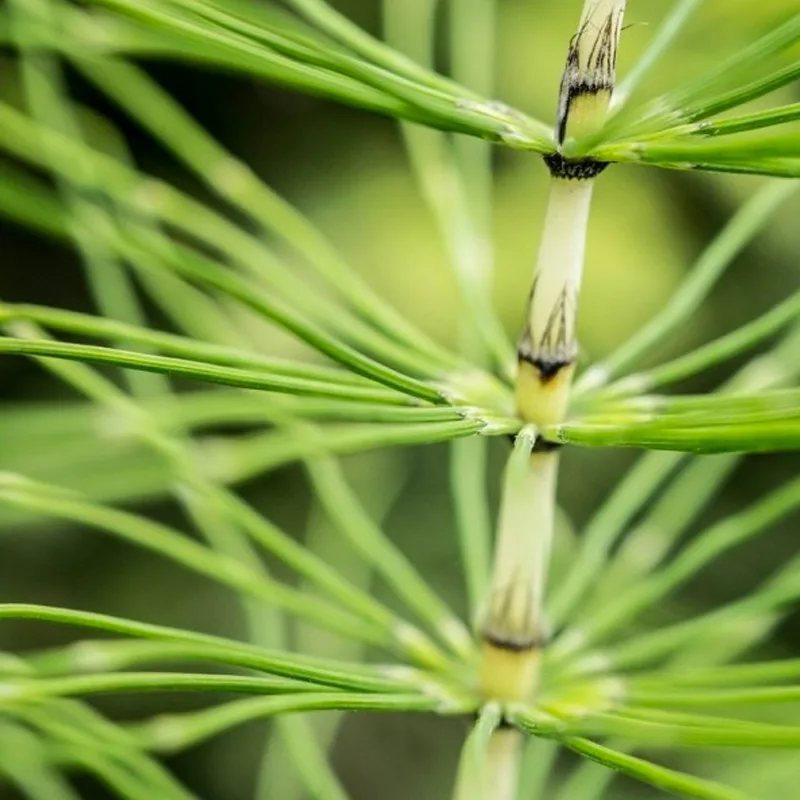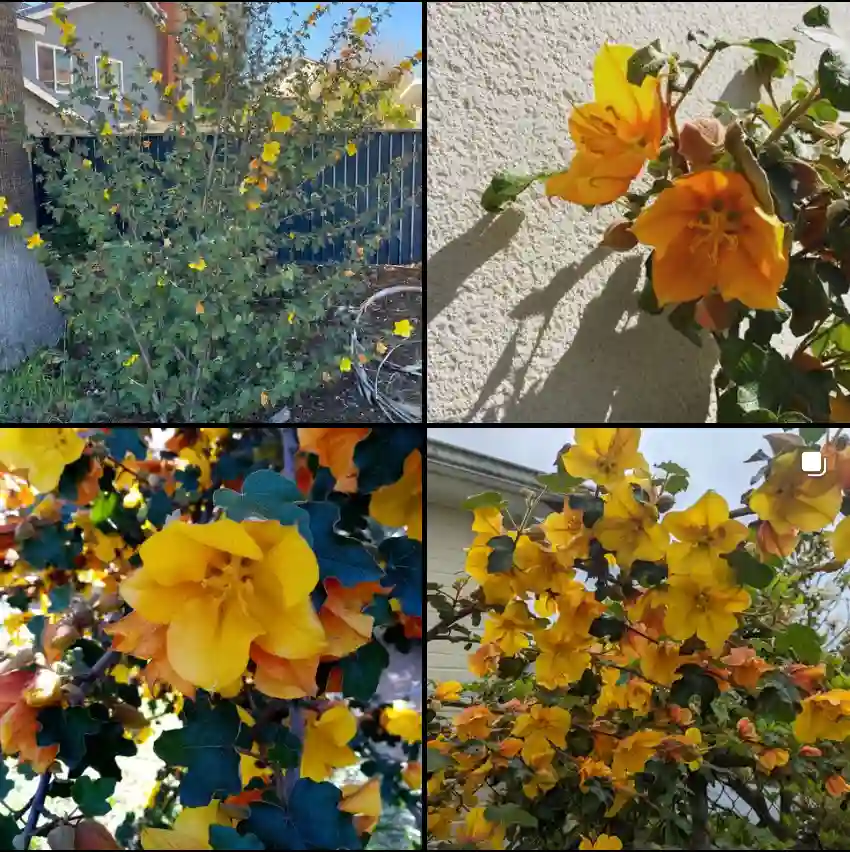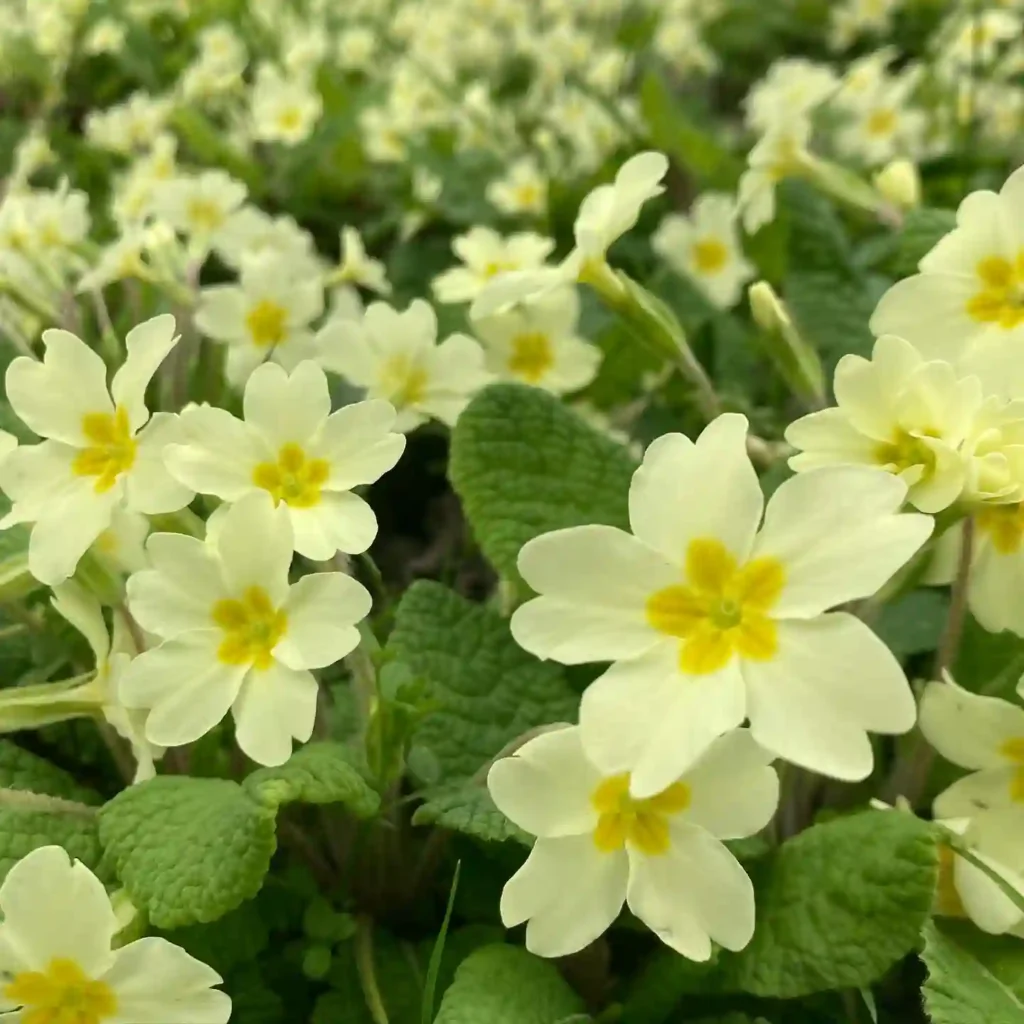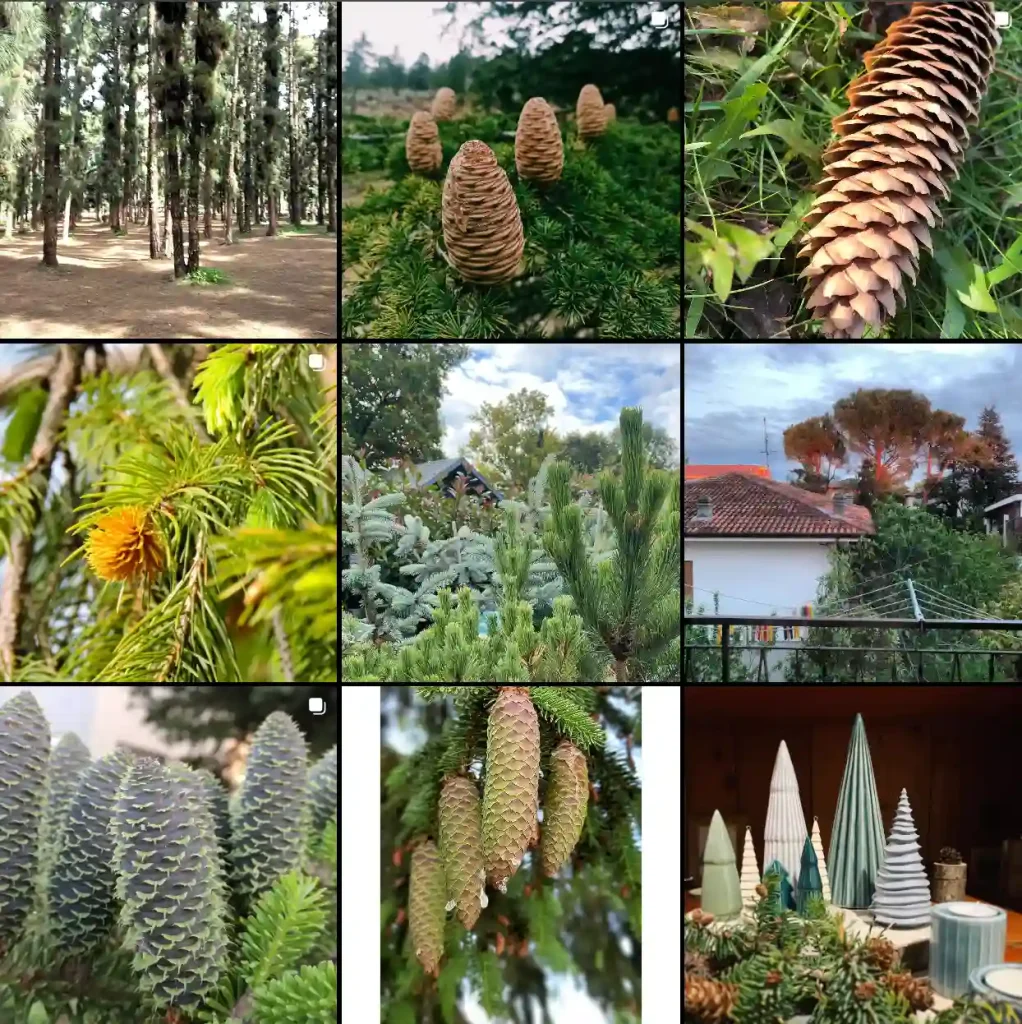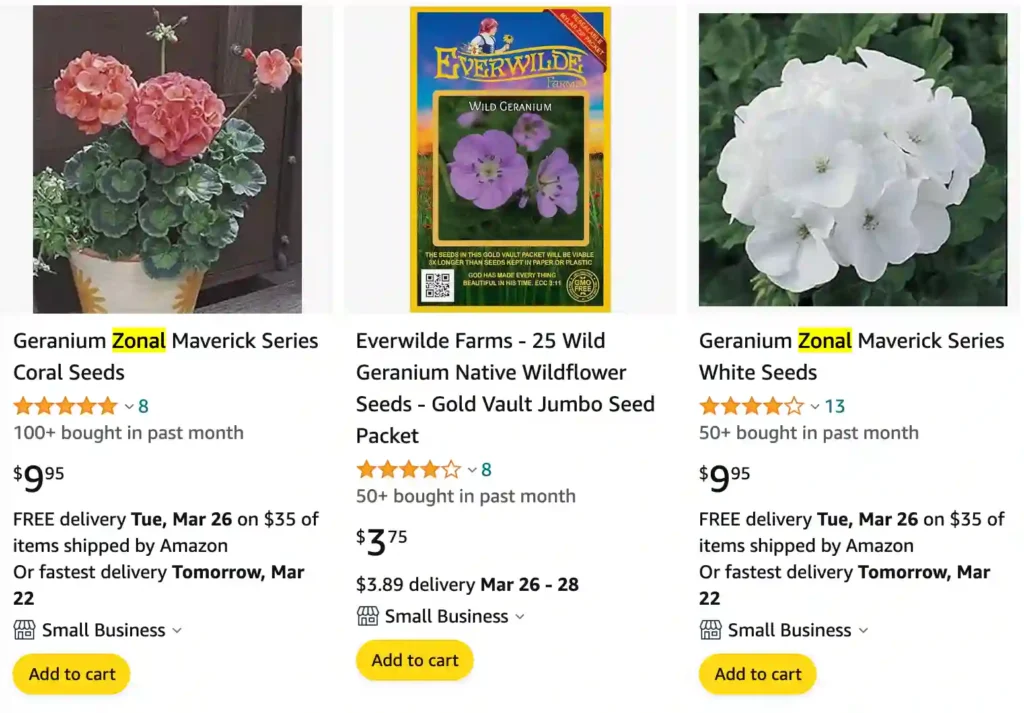
The World of Pelargonium hortorum: A Gardener’s Guide
Hi there, Ferb Vu here! Today, I want to delve into the vibrant world of Pelargonium hortorum, also known as the zonal geranium or garden geranium. These cheerful flowers are a staple in balconies and gardens worldwide, bringing a burst of color with their stunning blooms. But beyond their aesthetic appeal, there’s a whole lot to discover about these beauties. So, grab your gardening gloves and a cup of tea, and let’s explore the fascinating world of Pelargonium hortorum!
287 Species in Genus Pelargonium
What is Pelargonium hortorum?
Pelargonium hortorum is a nothospecies, a fancy term for a hybrid entstanden (German for “created”) from the crossing of two Pelargonium species: Pelargonium zonale and Pelargonium inquinans. This horticultural masterpiece boasts a bushy form, typically reaching 1-3 feet tall and wide. The star of the show, however, is undoubtedly its flowers. Pelargonium hortorum blooms in a kaleidoscope of colors, ranging from fiery reds and soft pinks to delicate whites and vibrant oranges. These blooms are clustered together in large balls, creating a truly eye-catching display.
But Pelargonium hortorum isn’t all about the flowers. Its foliage is another source of charm. The leaves are typically rounded or kidney-shaped, and often adorned with a distinctive brown zonal marking, hence the name “zonal geranium.”
Zonal Geranium vs Ivy Geranium
Zonal Geraniums have been a staple in my garden for years. Their vibrant blooms and sturdy growth make them perfect for adding a burst of color to borders and containers alike.
Ivy Geraniums, on the other hand, captivate me with their trailing habit and delicate foliage. They’re fantastic for hanging baskets, spilling over the edges with a cascade of blooms that bring a soft, romantic feel to any setting.
Is Pelargonium hortorum an Interspecific Hybrid?
Absolutely! As mentioned earlier, Pelargonium hortorum is the result of a successful interspecific hybridization between Pelargonium zonale and Pelargonium inquinans. Interspecific hybridization occurs when two different species within a genus are bred to create offspring. This process allows for the combination of desirable traits from both parent species, resulting in plants with enhanced characteristics. In the case of Pelargonium hortorum, the hybridization has led to a profusion of flower colors and a more robust plant form compared to its parents.
How to Care for Pelargonium hortorum?
Pelargonium hortorum is a relatively easy-going plant, making it perfect for beginner gardeners like myself. Here’s what you need to know to keep your Pelargonium hortorum thriving:
- Light: These sun-worshippers crave at least 6-8 hours of direct sunlight daily. So, find a spot in your garden or balcony that gets plenty of sunshine.
- Water: Water regularly, allowing the soil to dry slightly between waterings. Overwatering is a big no-no, as it can lead to root rot.
- Soil: Opt for well-draining potting mix. You can even add some perlite or sand to improve drainage.
- Fertilizer: Feed your Pelargonium hortorum with a balanced fertilizer every two weeks during the growing season.
- Pruning: Regular pruning encourages bushier growth and promotes more blooms. Pinch off leggy stems and spent flowers throughout the season. Don’t be afraid to give it a haircut in late summer to maintain a compact shape.
With a little care and attention, your Pelargonium hortorum will reward you with a dazzling floral display for months on end.
Can You Propagate Pelargonium hortorum?
Absolutely! Propagating Pelargonium hortorum is a breeze, allowing you to create more plants for yourself or share with friends. Here’s a simple method:
- Take stem cuttings from healthy, non-flowering stems in spring or early summer.
- Remove the lower leaves and trim the stem to about 4-6 inches long.
- Dip the cut end of the stem in rooting hormone (optional but helpful).
- Plant the cutting in a pot filled with moist potting mix.
- Water the pot and place it in a warm, well-lit location (indirect sunlight).
- Keep the soil moist but not soggy.
With a bit of patience, you should see roots developing within a few weeks. Once the roots are established, you can gradually acclimate your new Pelargonium hortorum plant to full sun and continue caring for it as usual.
What to Plant With Pelargonium hortorum?
Pelargonium hortorum’s vibrant blooms and charming foliage make it a versatile companion for many other plants. Here are some ideas for creating stunning container combinations:
- Verbena: The trailing verbena, with its clusters of small flowers, creates a lovely cascading effect when planted alongside Pelargonium hortorum.
- Bacopa: This fast-growing plant with delicate, cascading foliage complements the upright form of Pelargonium hortorum beautifully.
- Calibrachoa: These miniature petunias, available in a wide range of colors, add another layer of vibrancy to the container.
- Dichondra Silver Falls: The soft, cascading foliage of dichondra Silver Falls provides a stunning textural contrast to the rounded leaves of Pelargonium hortorum. When choosing companion plants, consider their sun and water requirements to ensure they all thrive together.
Are Pelargonium hortorum Poisonous to Humans?
This is a good question for any gardener, especially those with curious pets or young children. The good news is that Pelargonium hortorum is generally considered non-toxic to humans. While ingesting large quantities might cause mild stomach upset, it’s unlikely to pose a serious health threat. However, it’s always best to err on the side of caution. Keep Pelargonium hortorum out of reach of pets and young children who might be tempted to nibble on the leaves or flowers.
Now that you’ve explored the wonderful world of Pelargonium hortorum, I hope you’re inspired to bring these cheerful blooms into your own garden. With their easy-going nature and stunning display of colors, Pelargonium hortorum is sure to add a touch of vibrancy and charm to your outdoor space. So, happy planting!
If i die, water my plants!
